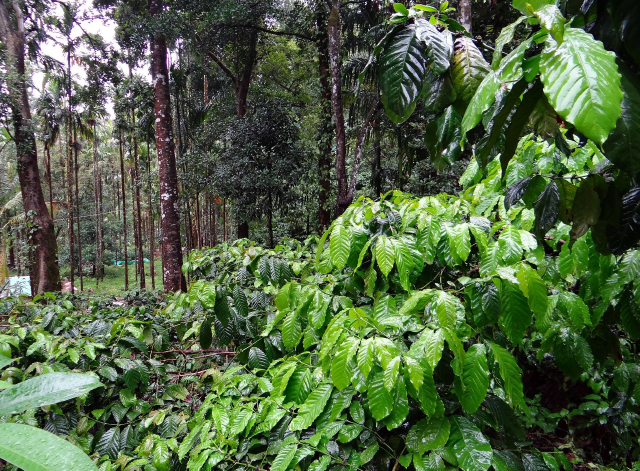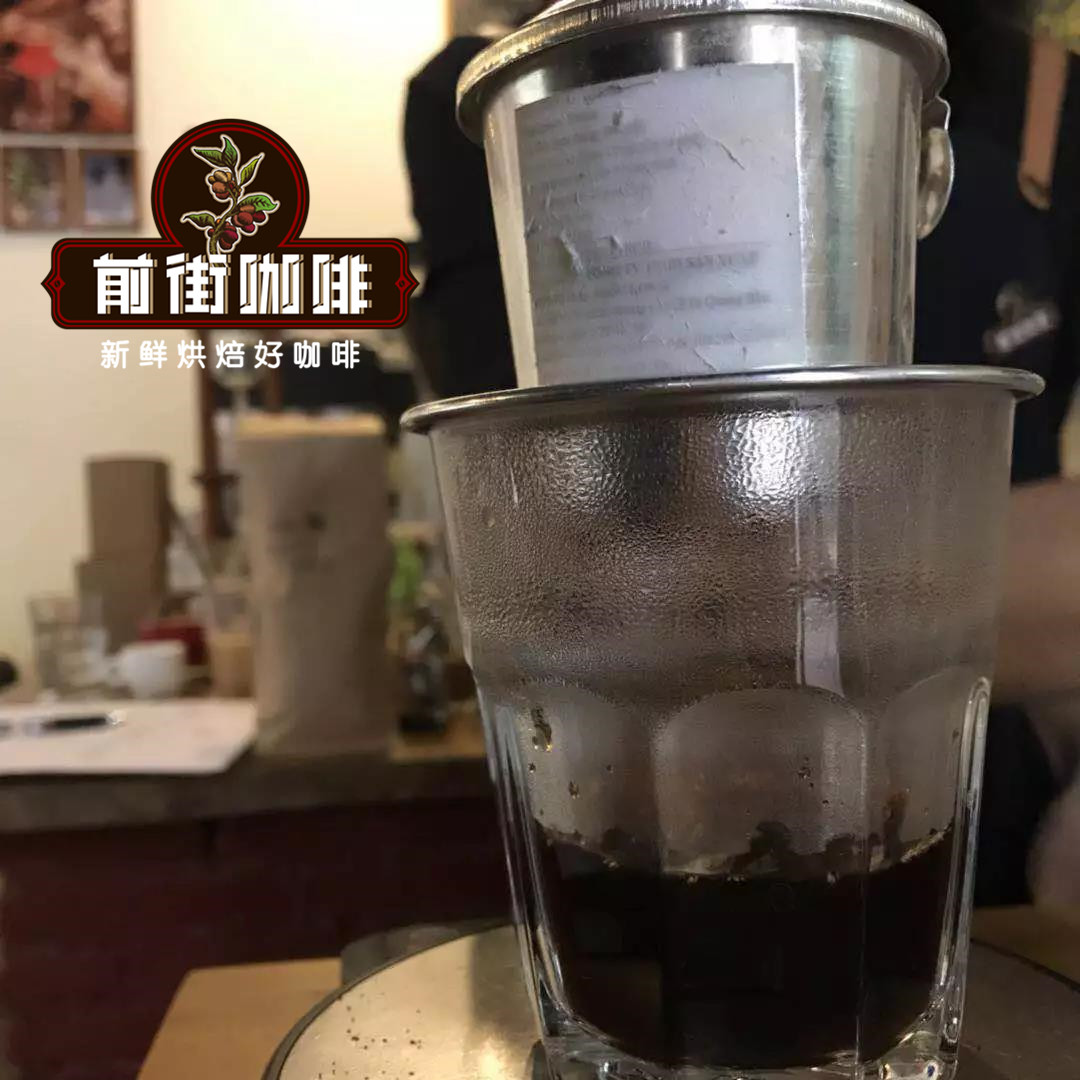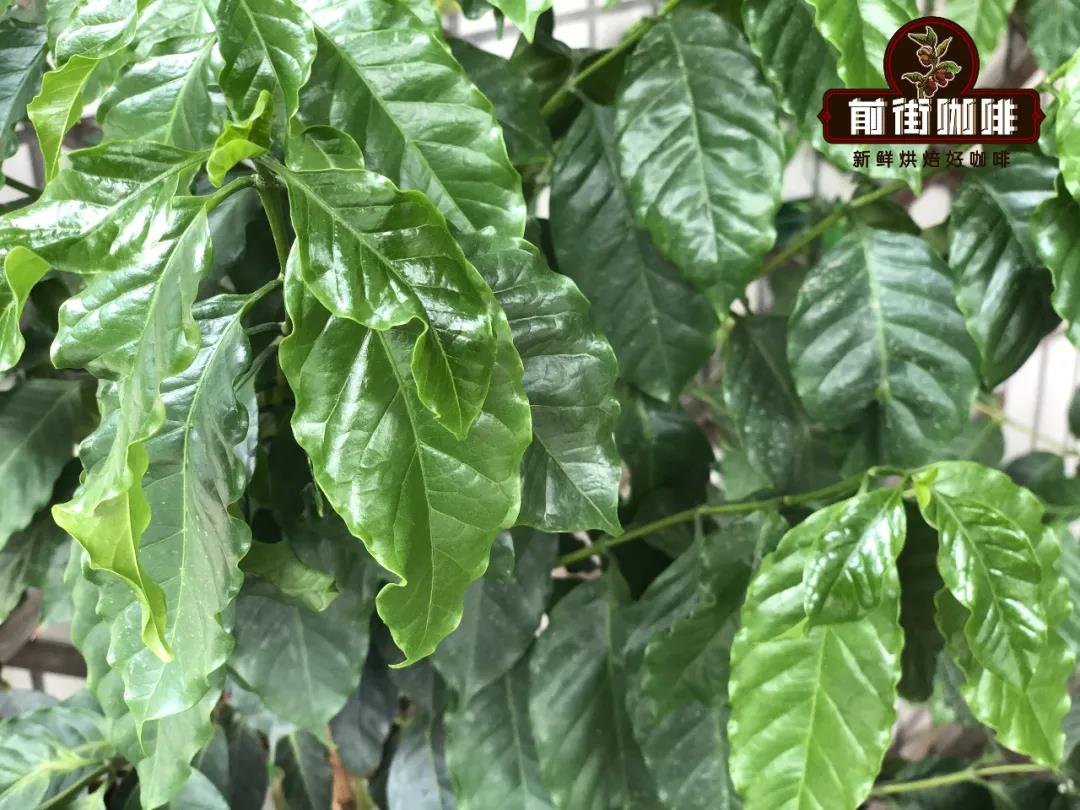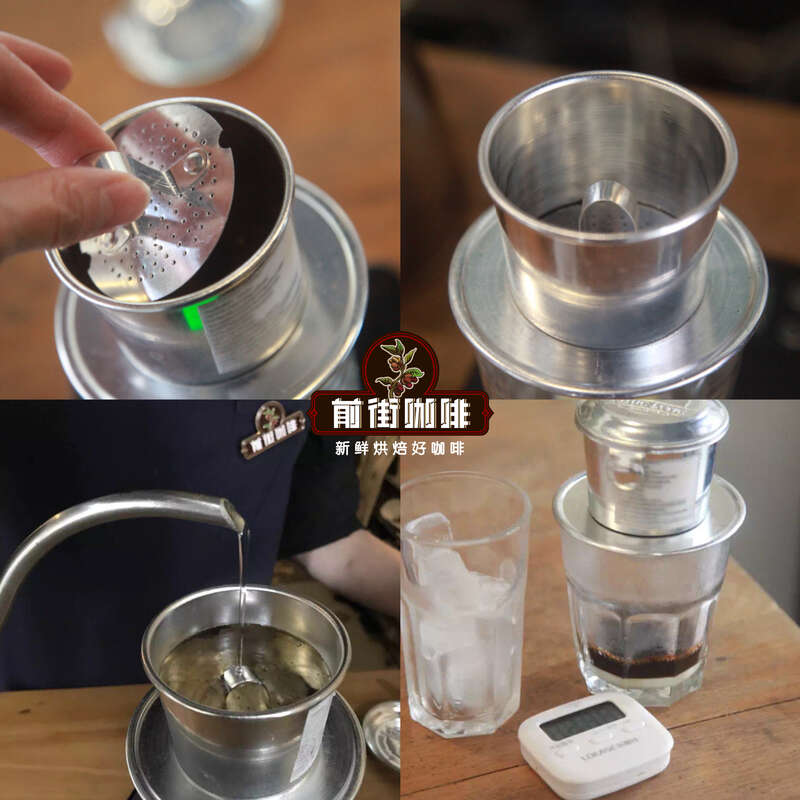Robusta coffee beans and Arabica flavor difference which robusta coffee beans are the best?
Professional coffee knowledge exchange more coffee bean information please follow the coffee workshop (Wechat official account cafe_style)
Qianjie Coffee is often asked why Robusta coffee beans are widely grown in areas such as Vietnam. Don't coffee beans need altitude to grow? How is the flavor of Robusta coffee? I heard that all the coffee made in Vietnam is Robusta. Why is it not bad? In front of this article, let's talk about Robusta coffee beans.
Q1: what is the essential difference between Robusta and Arabica?
Although both Arabica and Robusta grow in the coffee belt: between latitude 45 °south and north, we often say that Arabica is planted at an altitude of more than 800 meters. Arabica requires high planting conditions and is weak in resistance to diseases and insect pests. Robusta is planted below 800 meters above sea level. Robusta has strong adaptability and strong resistance to diseases and insect pests. There are two problems: the ability to resist diseases and insect pests, and the ability to adapt to the environment.

Growth conditions: the global coffee growth belt lies between the Tropic of Cancer and Robusta is no exception. But Robusta's growth conditions are not as harsh as Arabica. Robusta can grow at lower elevations and higher temperatures. It grows faster than Arabica and is more tolerant to extreme weather conditions. Robusta is widely planted in Vietnam, Brazil, India and other countries. Among them, China's Hainan also grows Robusta. Qianjie Coffee often says that if you want a cup of coffee with rich flavor, you must have good coffee varieties and high planting altitude, so if nothing else, in terms of growth conditions, Robusta can grow at an altitude until the flavor is not as rich as that of Arabica.
Disease resistance: we all know that Arabica species have 44 chromosomes, while Robusta has 22 chromosomes; generally speaking, the more chromosomes there are, the more complex and advanced the genes are, but Arabica is self-pollinated and Robusta is cross-pollinated. Pollination involves heredity. In general, plants obtained by cross-pollination are of higher quality-offspring produced by cross-pollination have the genetic traits of two parent plants, which are likely to produce new characteristics that help it survive in a changing environment. So Arabica, which is self-pollinated, is very fragile, and the genes become more and more single in the process of reproduction (without the participation of foreign genes), so if some diseases (such as leaf rust) occur, coffee balls with the same gene may be wiped out. The strength of Robusta lies in its ability to adapt to the environment by constantly changing its genes.

Insect resistance: Robusta's caffeine content is 2.7% Mur4%, twice that of Arabica. Caffeine, as a natural pesticide in plants, can be protected from most insects. Caffeine is the most commonly used psychotropic drug in the world for humans, while for nature it is a natural insecticide that paralyzes insects that eat caffeinated plants. That's why Robusta has several times more caffeine than Arabica. The survival of the fittest by natural selection is the core idea of Darwin's "Origin of species".
Q2: is the flavor of Robusta bad?
Robusta has high levels of caffeine, amino acids and chlorogenic acid, which is the source of bitter taste, so Robsta is born without the elegant aroma of Arabica beans, replaced by a fuller, lower taste, as well as walnuts, peanuts, hazelnuts, wheat, cereals and other flavors, and even pungent soil flavor.

Q3: are there any hybrids of Robusta and Arabica?
Yes! At this time, Qianjie is going to move out of their hybrid, Katim. Katim is a combination of Arabica species and Robusta species. Robusta species have good resistance to leaf rust and rich oil, high yield and easy to grow. Katim has 25% of the Robusta gene after crossing with Arabica. Katim has 25% of the Robusta gene, which improves resistance to leaf rust and retains rich oil. at the same time, it has the rich taste of some original species of tin card. Qianjie Coffee tested the Katim beans in a cup and found that it retained the soft human acidity of Arabica and the mellow flavor of Robusta.

Q4: why is Vietnamese coffee not bad?
Because the flavor extracted by Robusta through the Vietnamese drip filter is so strong that it is not suitable for direct drinking, the locals will add condensed milk and milk to the coffee, and with the help of condensed milk, the coffee will not taste bad. So how do you make Vietnamese coffee?

First, pick up the pressure net of the Vietnamese trickling filter pot, put in 10g medium-grinded Robusta coffee powder, then put on the pressure net and gently press it, and inject 94 degrees water 100ml. Remove the filter cup after dripping, add condensed milk and milk and ice cubes.
For more boutique coffee beans, please add private Qianjie coffee on Wechat. WeChat account: kaixinguoguo0925
Important Notice :
前街咖啡 FrontStreet Coffee has moved to new addredd:
FrontStreet Coffee Address: 315,Donghua East Road,GuangZhou
Tel:020 38364473
- Prev

Amber Manor introduces how much is authentic Blue Mountain Coffee and what is Blue Mountain Coffee?
For more information on coffee beans, please follow the history and situation of Jamaican coffee in the coffee workshop (Wechat official account cafe_style). The history of Jamaica and coffee can be traced back to the early 18th century. In 1717, King Louis XV of France ordered coffee to be grown in Jamaica and Governor Nicholas in the mid-twentieth century. Sir Lloyd (Nichol
- Next

An Analysis of the Secrets of Taiwan's Alishan Coffee quality and flavor of Alishan coffee beans
Professional coffee knowledge exchange more coffee bean information please pay attention to coffee workshop (Wechat official account cafe_style) Alishan coffee, refers to Alishan Township, Zhongpu Township, Fanlu Township, Zhuqi Township, Meishan Township, North to Yunlin County Gukeng Township Shibi, the above alpine coffee, up to 1300 meters above sea level, touching the winter frost and snow line, the average elevation of Taiwan coffee is higher
Related
- Beginners will see the "Coffee pull flower" guide!
- What is the difference between ice blog purified milk and ordinary milk coffee?
- Why is the Philippines the largest producer of crops in Liberia?
- For coffee extraction, should the fine powder be retained?
- How does extracted espresso fill pressed powder? How much strength does it take to press the powder?
- How to make jasmine cold extract coffee? Is the jasmine + latte good?
- Will this little toy really make the coffee taste better? How does Lily Drip affect coffee extraction?
- Will the action of slapping the filter cup also affect coffee extraction?
- What's the difference between powder-to-water ratio and powder-to-liquid ratio?
- What is the Ethiopian local species? What does it have to do with Heirloom native species?

